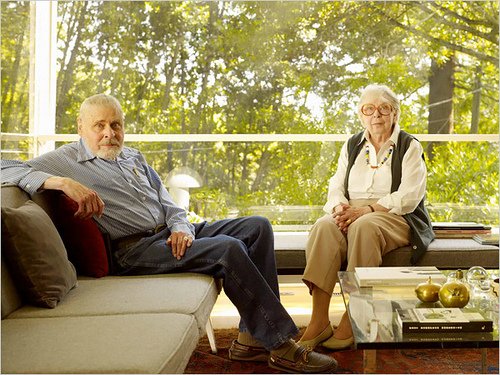Senior Housing Construction a Safe Bet for Lenders

Not only do the fast-growing numbers of boomers want to downsize into smaller, more manageable apartments with all the comforts and amenities, but they also don’t want to live in complexes with a large population of children. (Visiting grandchildren are one thing; noisy playgrounds and pools all day long are something else!) Owners and operators of these multifamily senior residential properties that offer adult neighbors and luxury amenities can profit by charging premium rents compared to multifamily properties rents in general.
RISE IN 55+ COMMUNITIES
A good example of a smart senior housing investment is a construction project that Parkview recently financed for a private developer in San Diego County. Paradise Senior Apartments will be a five-story, 126-unit apartment project with mostly one-bedroom units, marketed as a market rate, 55-plus community. The property will feature on-site management and amenities including a lounge area, rooftop deck, and a fitness center, as well as approximately 10,000 square feet of commercial space on the ground floor and is located near other senior communities and medical offices—key benefits to the Boomer renter demographic.
Another growing segment of the senior housing market intersects with the health care and hospitality markets: senior care communities. These range in type from assisted living facilities to Alzheimer’s and memory care, to skilled nursing and continuing care communities, and represent further opportunities for lenders.
At Parkview Financial, we view senior housing as a very strong niche and a relatively safe bet for lending for the foreseeable future. The youngest boomers are still in their early 50s, and they will be aging into senior housing alternatives for the next 20–30 years. This is the time for developers to take advantage of this market segment, as today’s low interest rates favor new investment. The senior housing market is also less reliant on particular economic or real estate conditions. According to PwC, senior housing investors who have partnered with solid operators located in strong markets are seeing outsized investment returns today.
Paul Rahimian is CEO of Parkview Financial, a private construction lender based in Los Angeles, Calif.
Source: multihousingnews.com















 Accessibility
Accessibility